UAM-08160X-OEM
10KM Long-range Underwater Acoustic Modems (UAMs)
OEM - Deep Collaboration
The UAM-08160X-OEM is an underwater acoustic modem device designed for deep collaboration with users in OEM applications. It supports large platforms such as buoys, seabed bases, UUVs, gliders, wave gliders, and more. An optional low-power duty module is available for long-term observation platforms, while configurable software for mobile platforms ensures maximum flexibility. The included OEM sensor operates at depths of up to 6000 meters. Supporting standard control protocols and offering technical assistance for protocol development, this device provides reliable acoustic communication with a maximum range of 10 km and a user data rate of up to 4 kbps (BER 10⁻⁴).
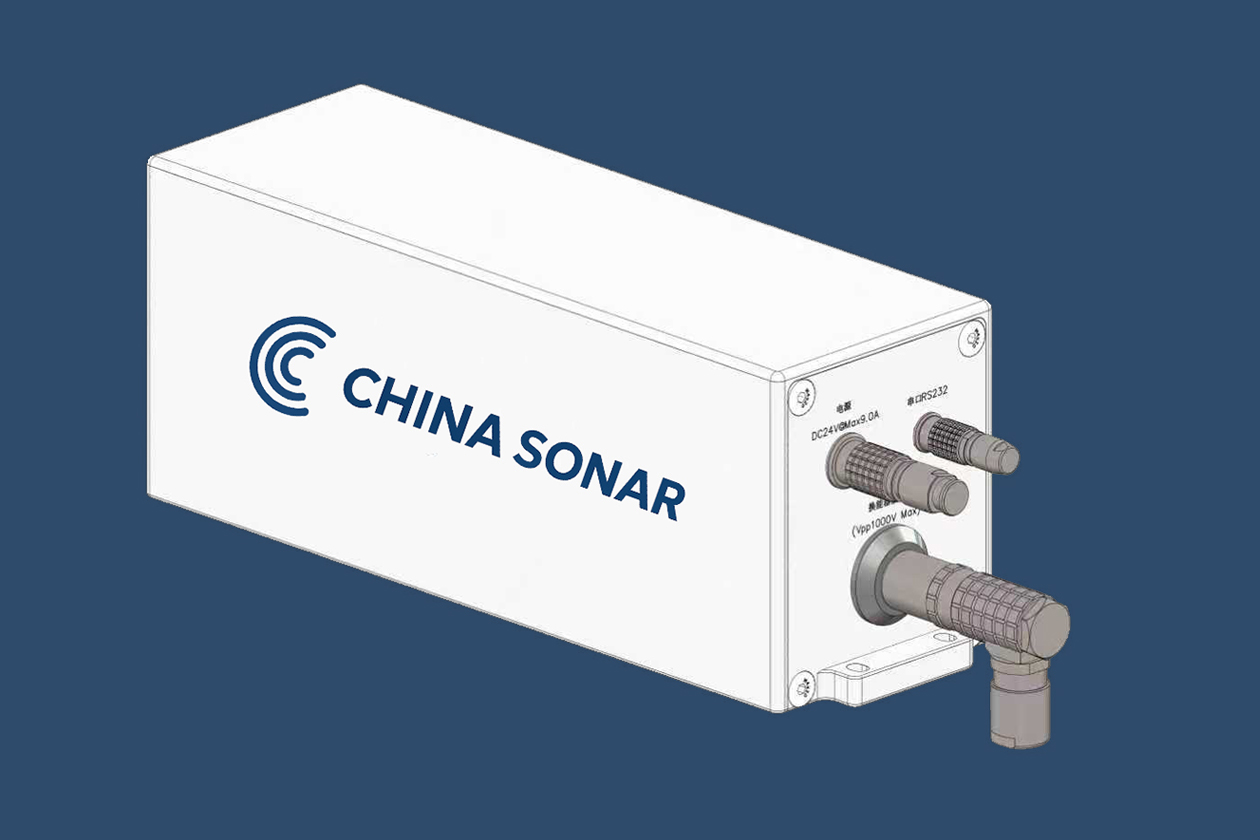
UAM-08160X-OEM
Key Features
- Reliable Long-Range Communication — Provides stable acoustic communication up to 10 km with user data rates ranging from 100 bps to 4 kbps and a bit error rate of 10⁻⁴.
- OEM Integration Flexibility — Designed for deep collaboration, supporting seamless integration with various user platforms such as buoys, seabed bases, UUVs, and gliders.
- Optional Low-Power Duty Module — Enables long-term operation for observation platforms like seabed stations and buoys.
- Flexible Software Configuration — Offers customizable control software for mobile platforms such as UUVs, ensuring adaptability across diverse missions.
- Deep-Sea Operation Capability — The OEM sensor supports reliable operation at depths up to 6000 meters.
- Easy Control and Protocol Support — Compatible with standard control interfaces (RS232/RS485/RS422) and includes technical assistance for custom protocol development.
Overview
Specifications
Applications
- Long-Term Ocean Observation – Ideal for seabed bases, moorings, and buoy-based monitoring systems.
- AUV/UUV Communication – Enables stable long-range data links for autonomous and unmanned underwater vehicles.
- Deep-Sea Research – Supports scientific and environmental data transmission in deep-sea missions.
- System Integration Projects – Suitable for OEM customization and integration into complex ocean observation or navigation systems.
Application Diagram
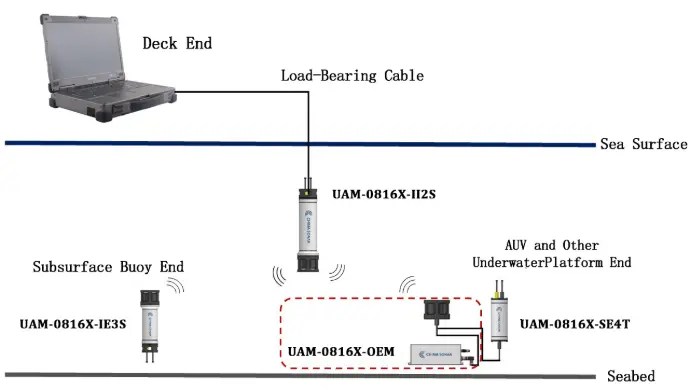
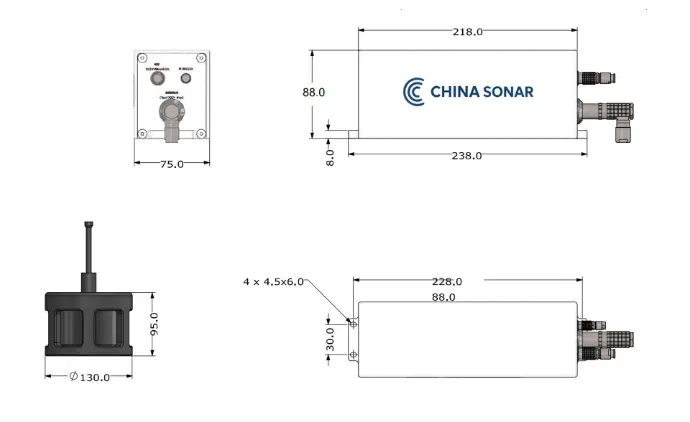
Related UAM Product series
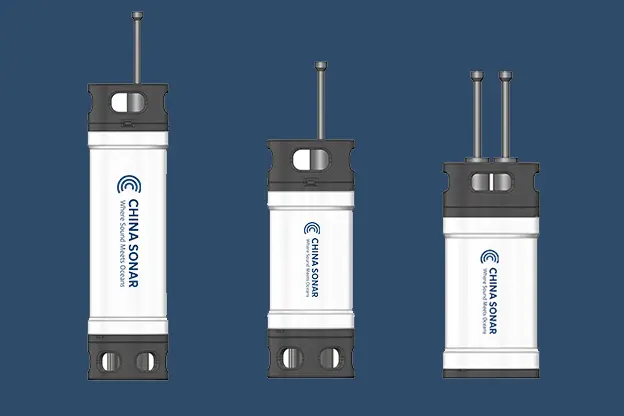
UAM-16320X Series
Frequency: 16kHz-32kHz
Communication Distance: 3km
Communication Rate:100-4kbps
Bit Error Rate:
10⁻⁴
Operating Range: 300m
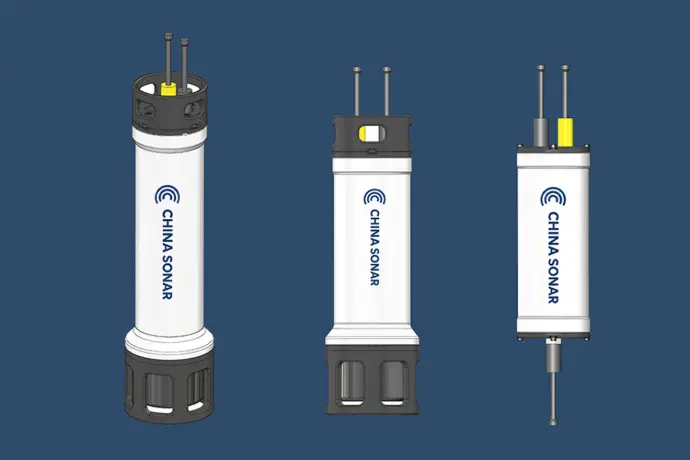
UAM-08160X Series
Frequency: 8kHz-16kHz
Communication Distance: 10km
Communication Rate:100-4kbps
Bit Error Rate:
10⁻⁴
Operating Range: 300-6000m
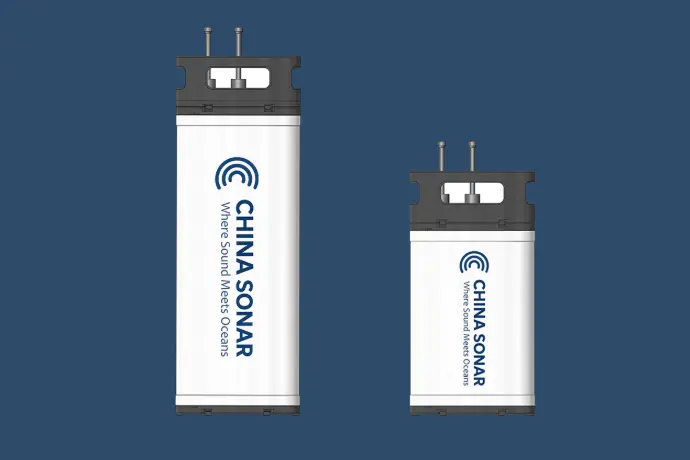
UAM-04080X Series
Frequency: 4kHz-8kHz
Communication Distance: 30km
Communication Rate:100-1kbps
Bit Error Rate:
10⁻⁴
Operating Range: 6000m
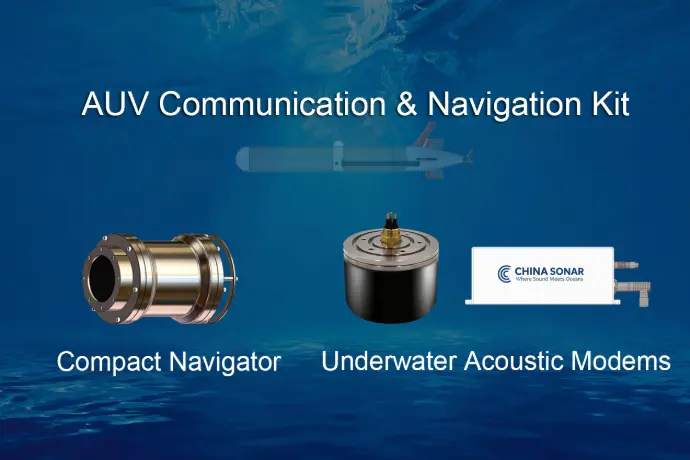
AUV Communication & Navigation Kit
Compact Navigator & Underwater Acoustic Modem
Designed for Autonomous Underwater Vehicles (AUVs), the AUV Communication & Navigation Kit delivers high-precision navigation and reliable underwater communication in a unified solution.
- NAVS-3000 Compact Navigator — Provides INS-based positioning, DVL velocity measurements, and depth data for precise real-time navigation.
-
UAC-08160X-OEM Underwater Acoustic Modem — Ensures stable, long-range underwater communication across multiple frequency bands.